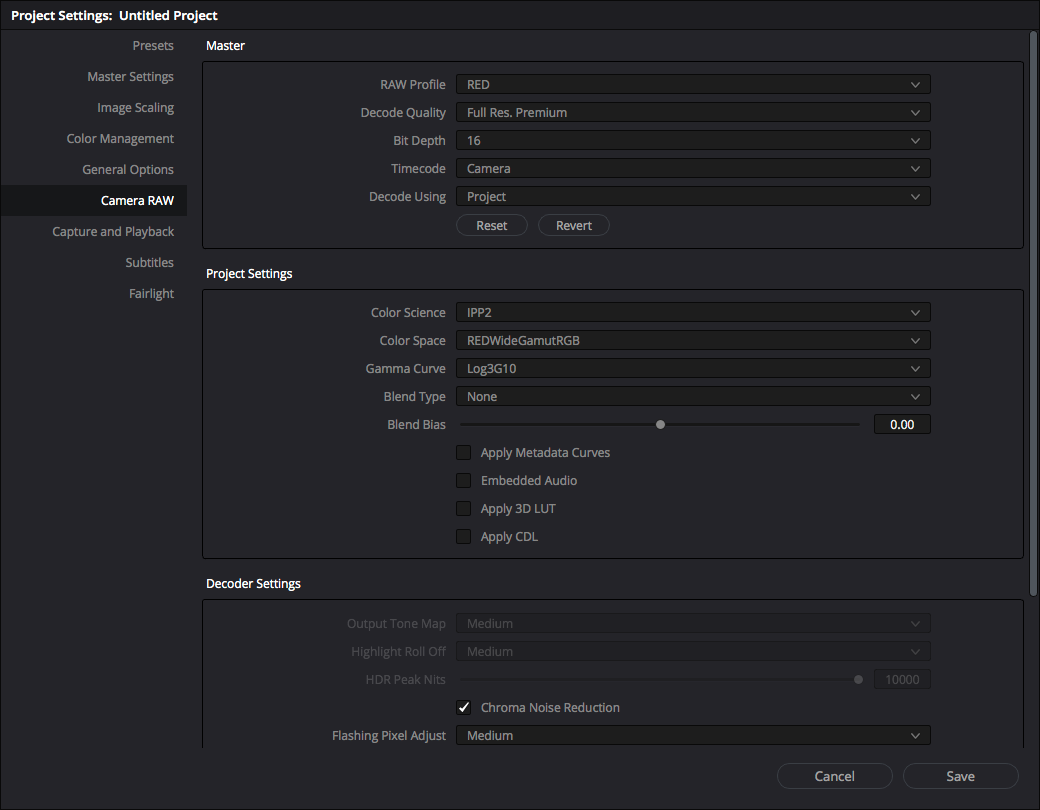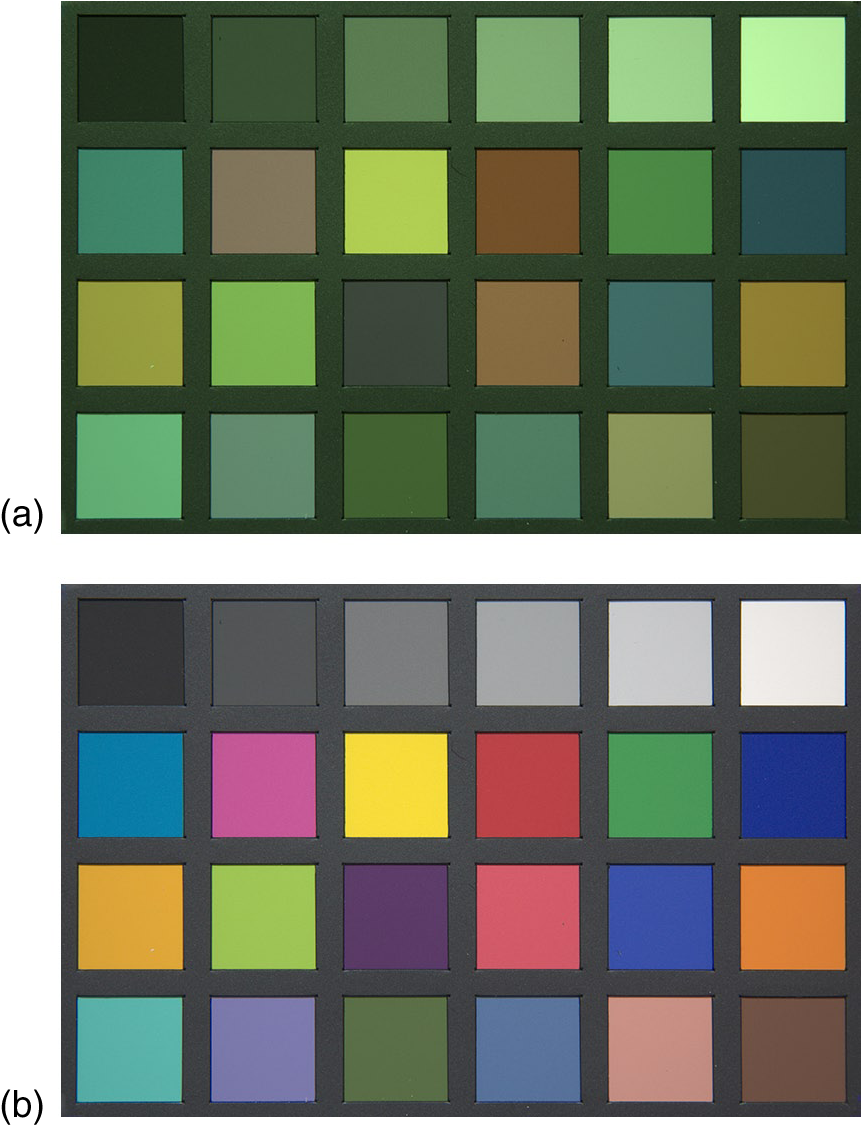

Single-image methods can be beneficial in the context of stack-based HDR imaging when the assumption that the CRF is the same across the stack is not valid. However, radiometric calibration can also be performed on a single image, although with potentially lower accuracy. The methods we have described thus far assume that multiple images Z i of the same scene are available, essentially allowing one to measure different segments of the CRF. 3.3.1.3 Single-image methods for radiometric calibration The result is an algorithm that can solve for the CRF even in cases of significant camera and scene motion. reformulated the optimization to replace these correspondences with IMFs. uses artifact-prone, pixel-wise correspondences in the optimization, so Badki et al. However, the original method of Lee et al. Second, they replace the least-squares optimization for solving for the CRF in Grossberg and Nayar with the rank-minimization scheme of Lee et al. (2012), they extend the method of Grossberg and Nayar to large motions by proposing a new random sample consensus (RANSAC)-based method for computing the IMFs that is robust to such motions. First, inspired by the method of Hu et al. Their approach builds upon both the work of Grossberg and Nayar (2003a) and the method for radiometric calibration by rank-minimization of Lee et al. (2015) proposed an algorithm specifically designed to tackle the problem of radiometric calibration for scenes with significant motion. On the basis of this observation, several methods assume a specific functional form for the CRF and attempt to estimate it using different strategies. While the CRF can differ from camera to camera, and even for the same camera from scene to scene, it is unlikely that its form is too exotic. 3.3.1.1 Parametric methods for radiometric calibration A small number of methods explore the possibility of estimating the CRF from a single image because this class is orthogonal to the previous class, we describe it separately in Section 3.3.1.3. We describe a few representative methods from these two categories in Sections 3.3.1.1 and 3.3.1.2. However, on the basis of the assumption they make about the shape of the CRF, most approaches can be classified into one of two classes: parametric and nonparametric methods. The literature on radiometric calibration is vast. It is also natural to accept that f is spatially uniform. First and foremost, it is commonly assumed that f is monotonic.

However, it is fairly safe to make a couple of assumptions when one is performing radiometric calibration. However, camera manufacturers exert great effort to optimize the visual quality of the final image, sometimes adapting the CRF to a specific scene to achieve this ( Kim et al., 2012) this sets limits on the overall accuracy of the estimation process.Ĭamera manufacturers are often reluctant to share information about CRFs, which are their “secret sauce” necessary to deal with the low quality of the pictures that popular, cheap sensors produce. The assumption that the CRF does not change across the pictures in a stack is paramount if its estimation is to be accurate.

By “inverse function,” we simply mean a lookup table that remaps the nonlinear values Z i to values that are linearly related to the original irradiance E ~, saturation and quantization aside.Īlthough different algorithms have been proposed for radiometric calibration, they generally assume that the CRF is fixed it can then be sampled by the taking of multiple pictures of the same scene (same irradiance at each pixel) with different exposure times.

Despite this observation, we follow conventional notation and say that radiometric calibration is the process of estimating the inverse of the CRF, g = f −1.
Camera raw transform method full#
Therefore, the function f is not one-to-one and cannot be inverted after all, if it were invertible, the full irradiance could be recovered from a single image. Furthermore, the process of quantization maps a finite set of irradiance values to the same bin. Strictly speaking, the CRF f is not invertible because of saturation, since all pixels whose irradiance is beyond a certain value are mapped to the highest digital value.


 0 kommentar(er)
0 kommentar(er)
